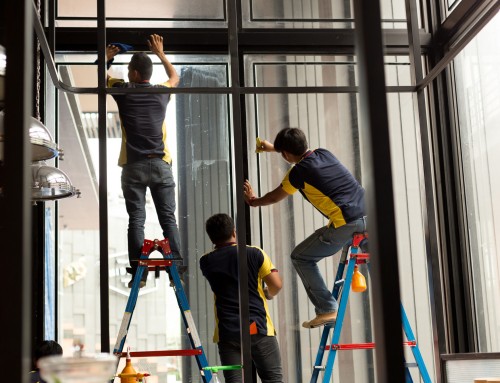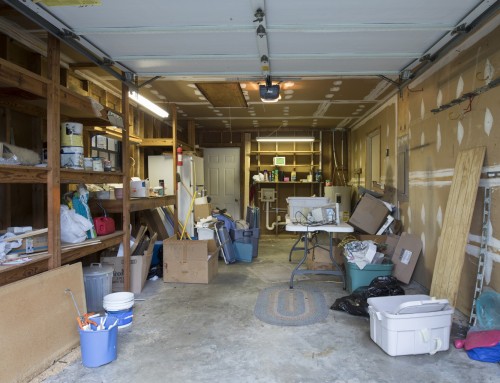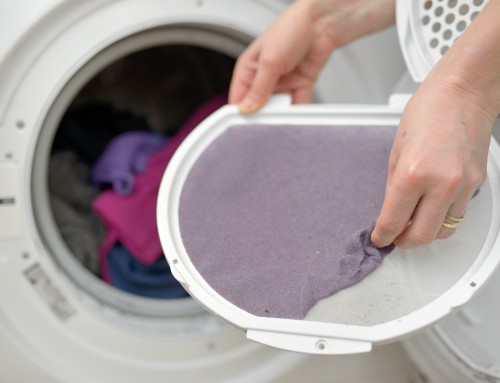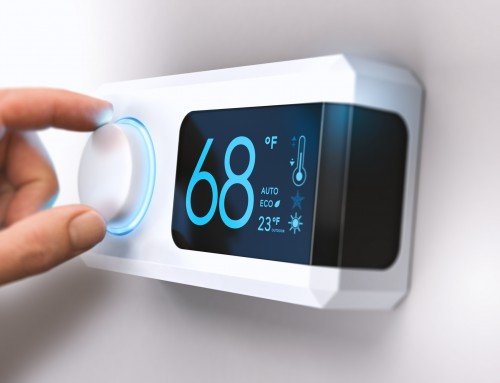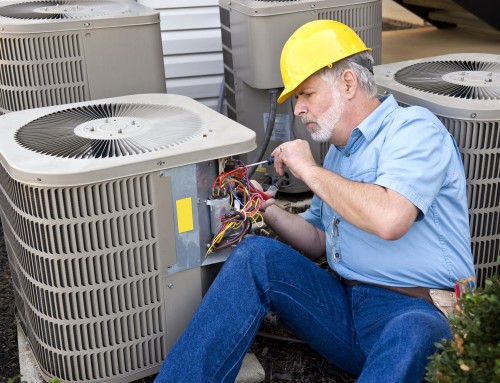How much rain can fall within 24 hours?
A heavy rain typically causes 3-4 inches of rain in 24 hours. However, when a major storm strikes that number can go way up! The current world record for the most amount of rain to fall in 24 hours is 71.8 inches of rain!
While it’s not likely you’ll experience that much rainfall in your hometown, even a couple of inches of rain can cause problems if your roof’s out of shape. How can you tell when your roof needs repairs? It all starts by knowing what a roofing sign of damage looks like.
Read on to learn about 4 signs of roofing damage.
Early Roofing Sign of Water Damage
How do you know if your roof is damaged? When it comes to spotting water damage, the sooner you can detect a problem, the easier it’ll be to solve it. That’s why you have to be on the lookout for any roofing sign that indicates there’s a leak in your roof.
Here are a few ways to tell if your roof has the early stages of water damage:
- Water spots on the ceiling
- Gutters filled with granule
- Softwood decking
- Water spots on exterior walls
The next time you’re in your house, take a moment to inspect the ceiling in every room. If you find a water stain, the leak is likely sitting just above the stain.
However, if you have a slow leak in your roof, it could’ve originated somewhere other than the location of the water stain. To find out more about the origin of the leak, you should contact a roofing professional.
Next, inspect your roof’s wood decking. Look for any soft parts of decking that appear to have water spots. Once the decking’s compromised, it can begin to rot, which can lead to major roof leaks.
Finally, look at your exterior walls to see if there are any water stains. If you find a water stain on your exterior wall the step flashing is likely damaged.
Overtime step flashings can rust or fall out of place. As a result, rainwater can touch the wall and cause stains and leaks.
Cracked Shingles Need Roofing Repairs
Do you have any shingles that need roofing repairs? The moment a shingle becomes compromised, it’s no longer able to protect your house from water damage. By quickly identifying and replacing shingles that have damage, you can avoid bigger problems down the line.
Here are the 3 signs of shingle damage:
- Bruised shingles
- Missing shingles
- Curling shingles
Earlier we mentioned that the granules wear off your shingles over time, and wind up in your gutters. If you notice your shingles don’t have a thick layer of granules on them, they’re considered bruised shingles.
Bruised shingles are more susceptible to serious weather damage from the sun, wind, and rain. For a quick fix, you can use roof cement to add a layer of granules onto your shingles.
However, roofing cement isn’t a permanent solution. Over time the roofing cement will wear off, and you’ll be right back at square one.
Finally, any blistering, buckling and curling shingles are a sure sign your roof needs repairs. It can be tricky spotting blistering shingles without being on top of the roof.
A blistering shingle has a buildup of moisture that causes it to bubble on the surface. Luckily, buckling and curling shingles are easier to spot since they stand out from the uniformed look of flat laying shingles.
Higher Energy Bills
It’s normal for energy bills to increase as we enter hotter or colder seasons of the year. However, if you notice a major increase in your monthly energy bill, and you’re not going through a seasonal change, you might need roof repairs.
A properly maintained roof will be able to protect the inside of your home from hot and cold elements. However, once the roof’s damaged, heat or cold can easily slip inside your home. As a result, your air conditioner or heater will have to work twice as hard to keep your house comfortable.
Another way roof damage can raise your energy bill is by allowing your insulation to become wet. Unprotected by your roofing cover, rainwater can seep through the roof and into the insulation in your attic. As the fiberglass insulation saturates with water, it’ll begin to degrade and breakdown.
If the insulation dries out, it’s still compromised and won’t do a good job of insulating your home. If the insulation doesn’t dry out, you can run into mold problems in addition to having roof damage.
Damage to Your Fascia Boards and Soffits
Are your soffits and fascia boards looking rough? Soffits and fascia boards help seal the edges of your roof where the rater tails are. The fascia boards face outward and lie horizontally around the edge of the roof, just below the shingles.
The soffits are right underneath the roof’s overhang, to cover the rafter tail bottoms. In addition to making your roof have a finished look, the soffits and fascia boards also play a major role in protecting your home from wind and rain.
If you have wood soffits and fascia, the water and sun exposure can cause either dry or wet rot. Over time, as the fascia boards and soffit degrade, you can start having problems with pest infestations and mold too.
Left unfixed, the roof’s framing will begin to rot. As a result, you’ll start to experience problems throughout the entire house’s structure. Thankfully, replacing damaged fascia boards and soffits quickly can prevent interior damage in your home.
Protect Your Home
Were you able to identify a roofing sign of damage in your home? Do you have water stains on the ceiling, or are there shingles missing from your roof? Don’t wait to take action to protect your home and family.
Call a roofing professional today and start taking the necessary steps to make your roof strong again. For more ways to protect your home, check out the rest of this site.

